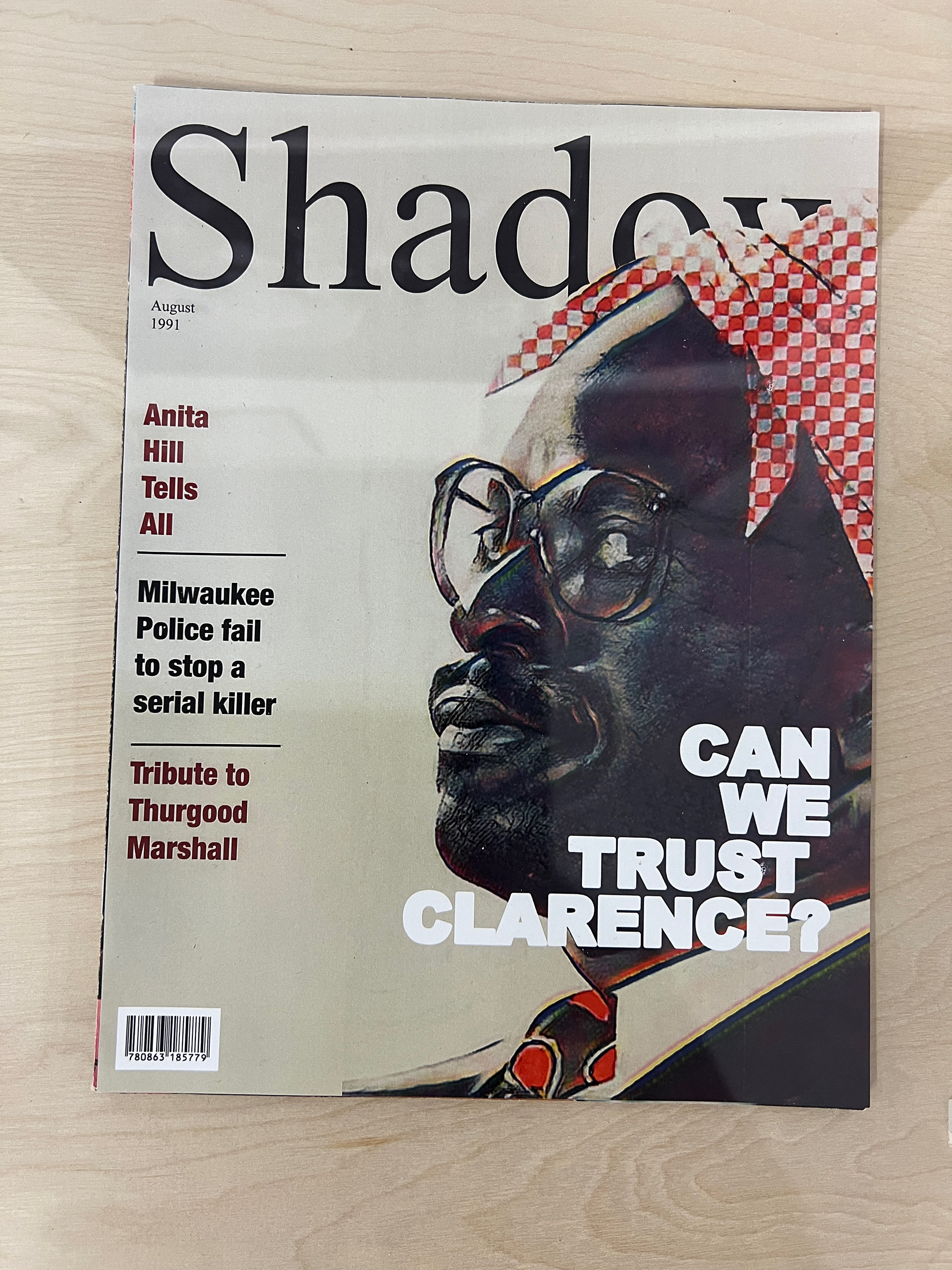The Center for Black Preservation (CBP), established in 1943, has devoted itself to creating a sanctuary of cultural preservation and empowerment for African Americans, serving as a beacon of progressiveness and resilience in civil rights and advocacy for African Americans. Though sharing similarities with historic organizations like the NAACP, the CBP distinguishes itself by its forward-thinking approach, focusing on fighting against injustice and preserving and safeguarding the well-being of African Americans across the United States.
Profound social and political transformations marked the mid-20th century, and the founding of the CBP during this era was no coincidence. In a time of racial tension, systemic discrimination, and the fight for civil rights, visionaries gathered to establish an organization that would go beyond traditional advocacy. The CBP’s founders recognized the need for a proactive approach to safeguarding the African-American community, laying the foundation for a unique and progressive movement.
The CBP’s commitment to preservation extends beyond legal battles and political advocacy. The organization strongly emphasizes preserving African-American culture, heritage, and history. Through initiatives such as cultural festivals, historic preservation projects, and educational programs, the CBP strives to ensure that the rich tapestry of African-American contributions is recognized, celebrated, and passed down through generations. One of the most distinctive aspects of the CBP’s mission is its dedication to creating safe spaces for African Americans. Recognizing the community’s historical and systemic challenges, the CBP has worked tirelessly to establish strategies, educational hubs, and safe spaces where African Americans can thrive, free from the shadows of discrimination. These safe spaces are pillars of strength, fostering a sense of unity, resilience, and empowerment.
While the CBP acknowledges the historical struggles of the African-American community, its vision extends beyond mere resistance. The organization has been at the forefront of progressive advocacy, pushing for systemic change, economic justice, and educational equity. By addressing the root causes of inequality, the CBP aims to create a future where African Americans survive and thrive, contributing to and benefiting from a just and equitable society.
In October 1970, Raid the Icebox I opened in Houston at Rice University’s Institute of Arts under the direction of Jean and Dominique De Menil. Along with the Director of the RISD, Danny Robbins, the trio decided that the first of the exhibitions would be made up of works from the storerooms of the RISD Museum, and the artist curating the show would be Andy Warhol. Drawing inspiration from this legendary exhibition, the Center for Black Preservation invited Phillip Pyle, II to venture into their archives and curate from what he found interesting. The exhibition unfolds as a personal narrative, where Pyle shares work from his invitation to explore the depths of the CBP archive.
Spanning across more than 60 distinct works, What I Found takes viewers on a captivating journey through time. Ephemera, documents, posters, and videos meticulously capture the essence of the CBP’s profound history, giving life to the untold stories and hidden gems within the organization’s archives. The project unravels the interconnected threads of African-American heritage, resilience, and the concept of a “safe space.” It delves into the treasures meticulously preserved by the CBP over the decades, shedding light on the cultural treasures that have shaped the African-American experience. As Pyle sifted through the archive, he unearthed historical artifacts, letters, and ephemera that witnessed the triumphs and challenges faced by the African-American community. What I Found is a poignant exploration of the importance of organizations like the Center of Black Preservation. It celebrates its commitment to safeguarding heritage, fostering a sense of belonging, and providing sanctuary for African Americans to thrive in adversity.
























